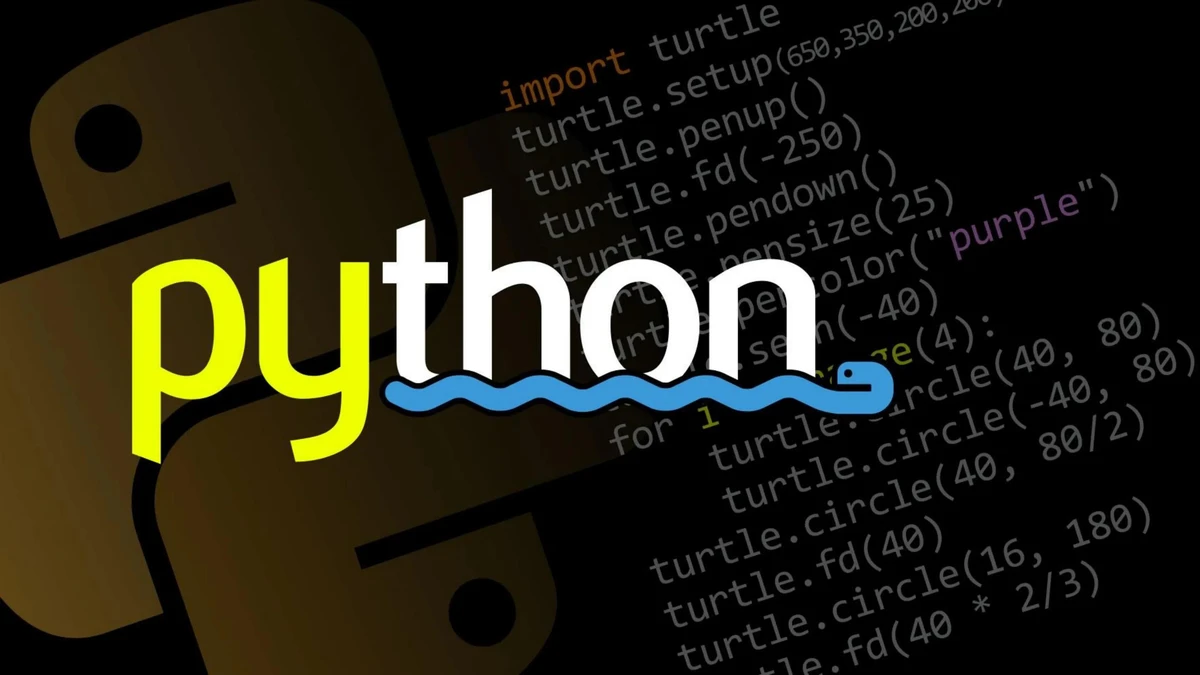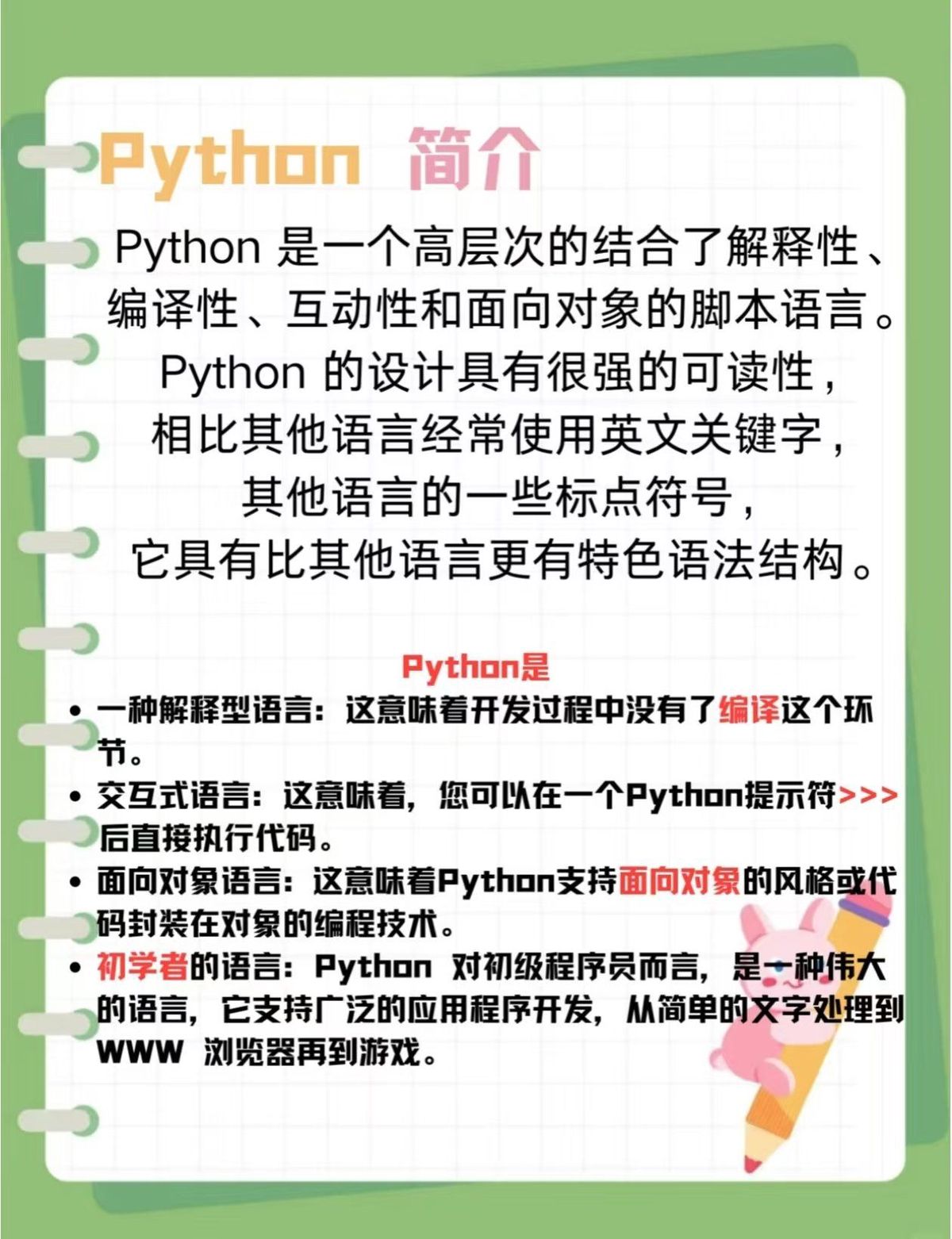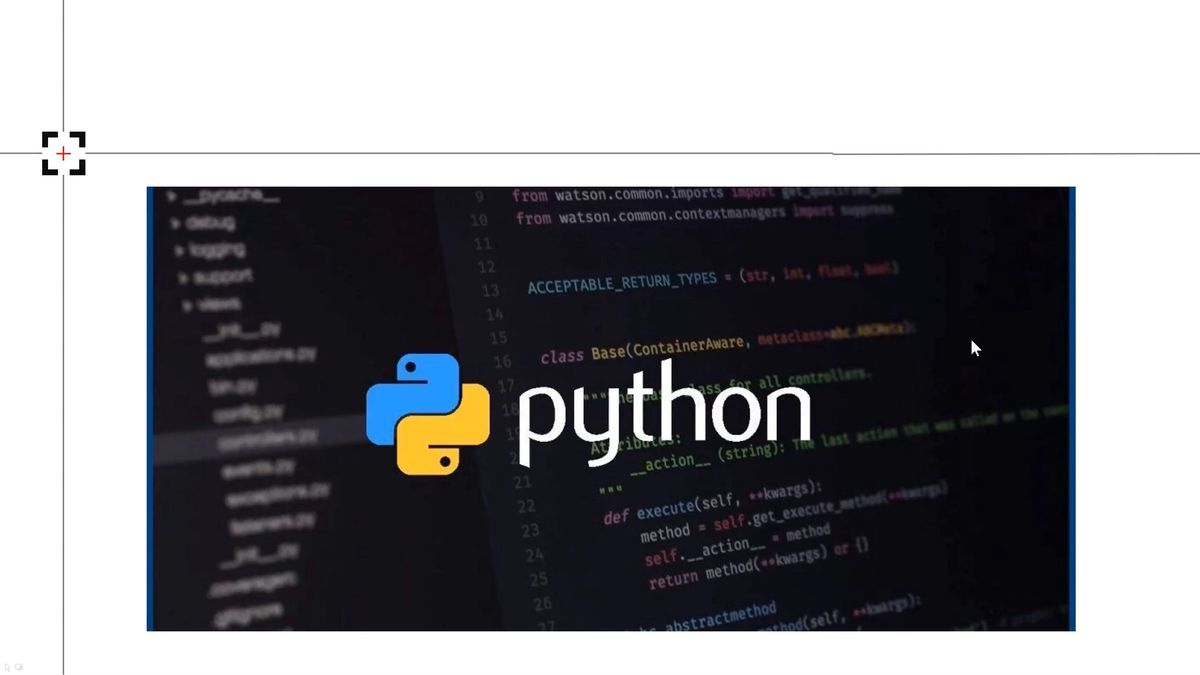===========================================================================
Introduction
Backtesting is the backbone of quantitative trading and algorithmic investing. It allows traders and financial analysts to test their strategies on historical data before committing real capital. With the rise of open-source libraries and computational tools, knowing how to backtest with Python has become a must-have skill for both beginners and professionals.
This guide provides a deep dive into backtesting in Python, covering multiple approaches, comparing tools, and sharing industry best practices. We’ll also connect to related topics like how to backtest a trading strategy and why backtesting is important in finance, ensuring a complete resource for learners and practitioners.
What is Backtesting and Why It Matters
The Role of Backtesting in Finance
Backtesting is the process of applying a trading strategy to historical data to evaluate its performance. By simulating trades as if they had occurred in the past, traders can measure profitability, drawdowns, and risk-adjusted returns.
Why backtesting is important in finance:
- It validates whether a strategy has historical merit.
- It prevents blind reliance on intuition.
- It highlights risks before live trading.
Without rigorous backtesting, strategies may fail under real-world market conditions.
Example of a Backtest Workflow
- Define trading rules.
- Collect and clean historical data.
- Apply strategy logic.
- Simulate trades with realistic assumptions.
- Evaluate performance metrics.
- Optimize and refine.
Backtesting process workflow
Why Use Python for Backtesting
Advantages of Python
- Extensive libraries: Pandas, NumPy, Matplotlib, and scikit-learn simplify data handling and visualization.
- Specialized frameworks: Tools like Backtrader, Zipline, and QuantConnect accelerate strategy testing.
- Flexibility: Python allows custom indicators, risk management rules, and automation.
- Community support: A large ecosystem ensures continuous development and tutorials.
Personal Experience
When I first started backtesting in Python, I relied on simple Pandas-based simulations. Over time, I moved to frameworks like Backtrader for their built-in trade handling and performance analysis. The transition saved time and reduced coding errors, making my workflow far more efficient.

How to Backtest with Python: Two Core Approaches
Approach 1: Manual Backtesting with Pandas
For beginners, the simplest way to learn is by coding a backtest directly using Pandas and NumPy.
Steps:
- Import historical price data.
- Define entry and exit conditions.
- Simulate portfolio performance.
- Calculate metrics (Sharpe ratio, CAGR, maximum drawdown).
Pros:
- Full transparency of logic.
- Customizable for unique strategies.
- Good for learning fundamentals.
Cons:
- Time-consuming for complex strategies.
- Requires advanced coding for execution features like slippage or commissions.
Approach 2: Framework-Based Backtesting (e.g., Backtrader)
Frameworks such as Backtrader, Zipline, and QuantConnect automate much of the complexity.
Example with Backtrader:
- Load historical data feeds.
- Define a strategy class with entry and exit logic.
- Run simulations with built-in analyzers.
- Export results and performance charts.
Pros:
- Rich functionality (position sizing, broker simulation, slippage models).
- Faster development cycle.
- Professional-grade performance reporting.
Cons:
- Steeper learning curve initially.
- Less flexibility if heavily customized.
Recommendation: Beginners should start with Pandas for conceptual clarity, then adopt frameworks like Backtrader for scalability and robustness.
Backtesting with Python using Backtrader
Best Practices for Backtesting in Python
Data Quality Matters
Garbage in, garbage out. Always clean and validate datasets before running tests. Missing values, incorrect timestamps, or survivorship bias can distort results.
Avoid Overfitting
Tweaking strategies too much to fit historical data often leads to poor live performance. Use cross-validation or walk-forward testing.
Incorporate Realistic Assumptions
- Transaction costs
- Slippage
- Latency effects
This prevents overly optimistic results.
Analyze Backtesting Results Carefully
Understanding how to analyze backtesting results is critical. Metrics such as Sharpe ratio, maximum drawdown, and win/loss ratio give deeper insights than raw profits.
Advanced Backtesting Techniques
Walk-Forward Testing
Instead of testing on a single dataset, divide data into training and testing windows. This mimics real-world adaptability.
Monte Carlo Simulations
Randomize trade order, slippage, or market shocks to stress-test strategy resilience.
Portfolio Backtesting
Instead of testing one asset, simulate multiple instruments to evaluate diversification benefits.

Common Pitfalls in Backtesting
Why Backtesting Fails
- Using low-quality or incomplete data.
- Ignoring costs and execution risks.
- Overfitting strategies to past data.
- Misinterpreting statistical significance.
Risk Management
A robust backtest should include stop-losses, position sizing, and capital allocation rules. For beginners, studying where to start backtesting for beginners ensures they avoid these mistakes.
Common mistakes in backtesting
Python Libraries and Tools for Backtesting
Popular Tools
- Backtrader – flexible and widely used.
- Zipline – open-source but requires setup.
- QuantConnect – cloud-based, supports equities, crypto, futures.
- VectorBT – fast, vectorized backtesting for large datasets.
When to Use Each
- Beginners: Pandas, Backtrader.
- Professional analysts: QuantConnect, VectorBT.
- Institutions: Custom in-house frameworks or cloud-based APIs.
Frequently Asked Questions (FAQ)
1. Is Python the best language for backtesting?
Yes. While R, C++, and MATLAB also support backtesting, Python offers the best balance of ease, flexibility, and community resources.
2. Can I backtest without coding?
Yes, several platforms provide GUI-based solutions. However, coding with Python offers deeper control and is essential for professional traders.
3. How do I know if my backtest is reliable?
A reliable backtest uses high-quality data, includes realistic trading assumptions, and avoids overfitting. Performing backtesting strategy optimization and stress-testing strategies improves reliability.

Conclusion
Learning how to backtest with Python is one of the most valuable skills for traders and analysts. By starting with Pandas and later adopting frameworks like Backtrader or QuantConnect, you can build, test, and optimize robust trading strategies.
Backtesting is not just about profitability—it’s about understanding risk, improving decision-making, and gaining confidence in your strategy.
If you found this article useful, share it with fellow traders, leave a comment with your favorite Python backtesting tool, and encourage others to explore quantitative finance with Python.
Would you like me to also add a step-by-step Python code example (with Pandas and Backtrader) to make this article even more actionable for beginners?

0 Comments
Leave a Comment